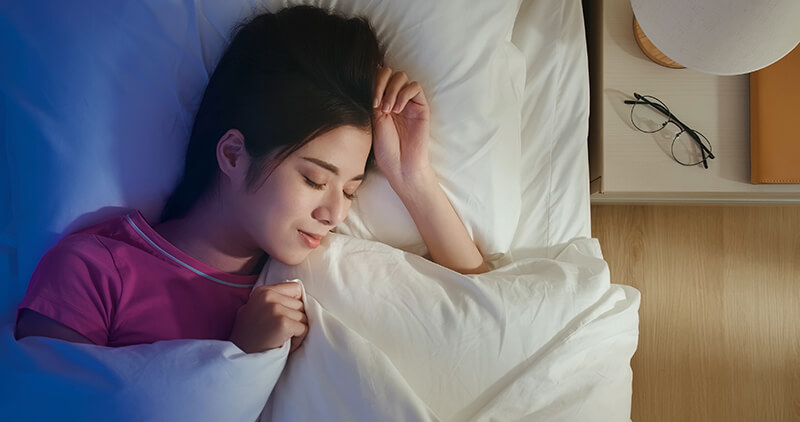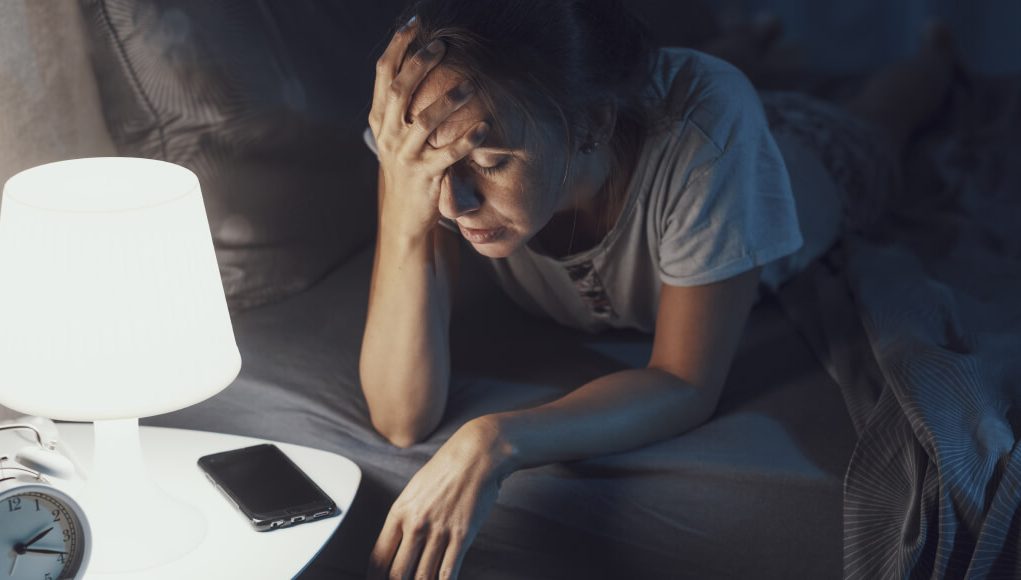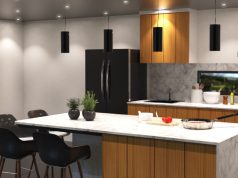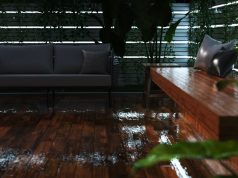Have you ever had trouble going to sleep? If you do your research, you’ll see tons of recommendations on how to promote good sleep. Keep your room cool and dark, drink a cup of hot milk, don’t use your phone a couple of hours before going to bed and so on. If you’ve followed every single piece of advice down to the most unusual, but you’re not getting results, then maybe there’s a problem with your lights. Although you may not really think about it, lighting plays a significant role in your sleeping habits. There are light colours that are like a lullaby that will help you sleep comfortably, and there are others that are like alarm clocks that will keep you awake!
So, if you want to finally get a good 8 hours of shut-eye, here are the colours that you need to add to your room!
Light colours that promote sleep
At present, most of the studies done when it comes to the best types of lights to promote sleep are performed on rodents. However, since rodents are colour-blind and nocturnal, it’s hard to prove theories based on those experiments. Humans are not nocturnal, although some of us are because of work and too many computer games. Aside from that, the majority of humans are not colour-blind, and even in those that are, there are different types!
With the limited research on humans, some evidence suggests that the colour red may help induce sleep. Also, an individual’s sleeping preference play’s a significant role.
Red Light Colour
Colours close to the colour red are said to help induce melatonin production, which stimulates sleep. Because it has the farthest resemblance to sunlight, it does not disrupt the body’s circadian rhythm. If you’re someone who sleeps with a night lamp on, a light in this colour will not jolt you awake, especially if you suddenly wake up in the middle of the night.
Did you know that our retina has special photosensitive cells that power our body’s internal clock? Well, these cells are somewhat sensitive to different wavelengths of colours, and they send signals to the brain. Studies show that this function is particularly receptive to blue-green light, which signals to our brain that it’s daytime.
So, if your night lamp has this kind of colour, you really will have a hard time going back to sleep since you have already stimulated these cells. If you need something to illuminate your path as you make your way to the bathroom, get a red-orange colour since your eyes are less sensitive to them.
Light colour of your preference
Aside from the colour red, your personal preference also contributes to how fast you can sleep. In one experiment done, the group of people who slept with their preferred light colour fell asleep faster than those with a random or predetermined colour. If you find yourself uncomfortable with a red light, you can try choosing your preference, and that might work like magic!

Can you use blue and white lights for night lamps?
Technically, there’s nothing wrong with using a blue or white light, but it’s not recommended. Remember, the eyes are specifically receptive to blue lights, so it can be harder to sleep or go back to sleep if you have it next to you. If you’re starting to get confused, just go with a warmer light colour instead of a cooler tone. The closer you are to a red colour, the better for your sleep. Having a good rest at night will promote better productivity and performance. So, make sure you have the best bedroom to get enough sleep!
Tips to help you sleep better at night
Tip #1: Get enough sunlight exposure during the day
Taking an adequate amount of sunlight during the day helps your circadian rhythm to stabilise. Also, it can improve your daytime energy and promote better sleep quality and duration at night. As much as possible, spend some time getting enough sunlight exposure. If not, as an alternative, you can opt to invest in an artificial bright light device, but still, nothing beats the natural.
Tip #2: Reduce exposure to blue light before going to bed
Getting enough light exposure during the day is good, but it has the opposite effect at night. We’re not saying that it’s terrible and you should not turn your lights on. It’s just that lights can influence the body’s circadian rhythm, and too much of it can trick your brain into believing that it’s still daytime. If it thinks that it’s still morning or afternoon, it will stop the production of melatonin, which helps you sleep and relax.
Blue light from your mobile phone or other electronic devices is the worst sleep blocker. To minimise its effect, what you can do is stop watching T.V. at least two hours before you sleep or download an app on your phone or computer that blocks blue light.
Tip #3: Don’t consume any caffeine late in the afternoon or at night
Caffeine can keep us alert, enhance our focus, and increase our energy which is vital during the day but a curse at night. If your nervous system is stimulated at night or late in the day, you’ll have difficulty relaxing. You should take your daily shot of espresso during breakfast and stay away from it in the afternoon. Having coffee after 3:00 or 4:00 pm can keep you awake at night and leave you feeling cranky in the morning!

There you have it! Now that you know which light colour to get for a deep and relaxing slumber, it’s time to head to our website, Simple Lighting! We have everything that you’ll need. From warm white downlights to warm white LED bulbs, even colour changing options that you can play around with to find the perfect sleep colour for you! Everything that will help you sleep easily is within a few clicks from our shop! So, don’t be the last one to get yours and visit us right now!













